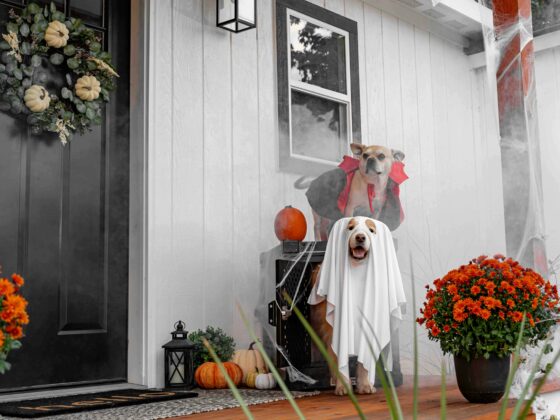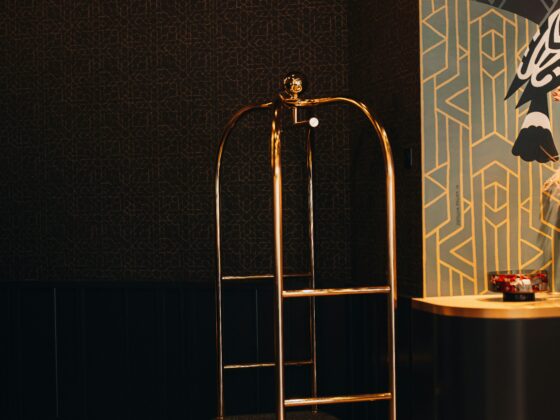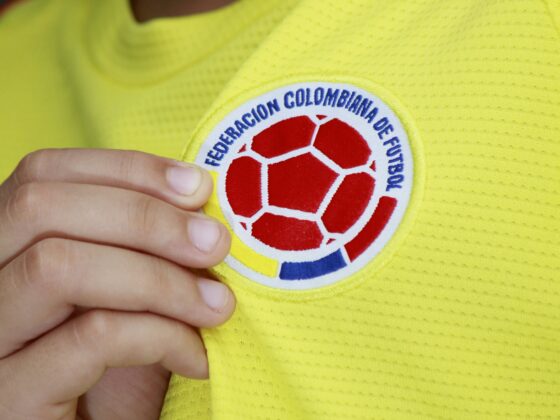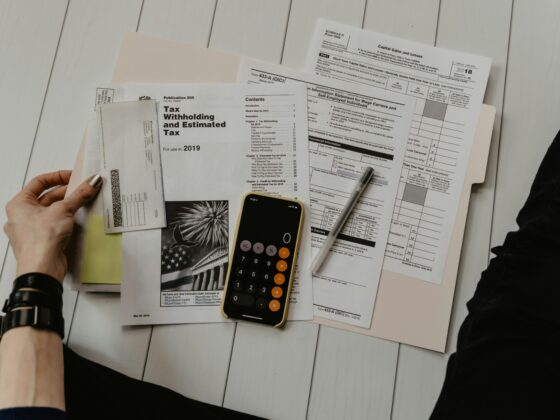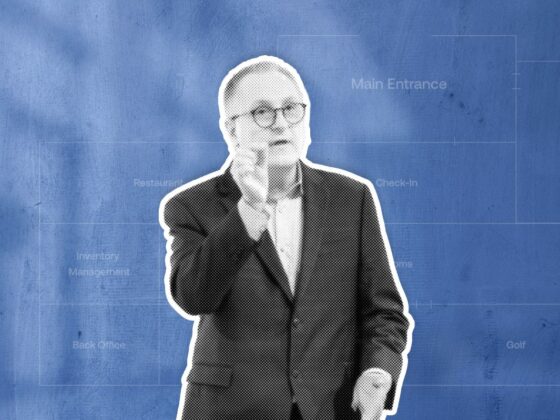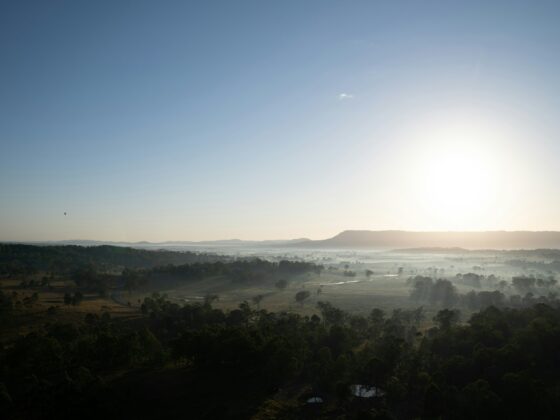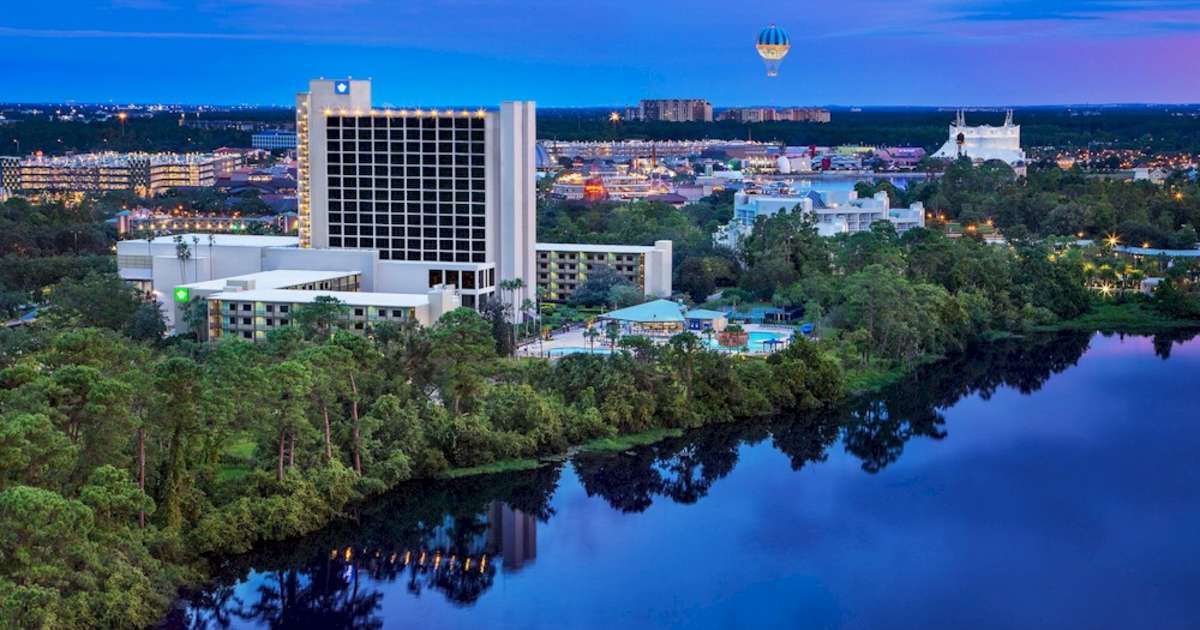
This article was co-authored by Jay Leonard, General Manager, Wyndham and Wyndham Garden Lake Buena Vista Hotels at Walt Disney World
Knowing your customers is the foundation of successfully expanding your hotel business and, there are plenty of hotel customer groups requiring identification and quantification, including:
- The corporate transient customer segment—typically in on Tuesday, out on Wednesday. In on Thursday, out on Friday, etc. Often the highest-priced customer.
- The leisure transient customer segment—typically the weekend guest…solo or all-family…most often very seasonal, and sometimes more price sensitive.
- Multiple group customer segments including corporate, social/military/educational/religious/fraternal (SMERF), sports teams, and reunions.
Once a clear “customer” picture emerges, the second and equally important, challenge emerges: “What end benefit(s) are of greatest importance to each segment?”
One way or the other, in the past, each month the General Manager and his/her team produced full guest segmentation/classifications… this was the hotel’s detailed “mix of business.” While the numbers may have been a WAG, but the segment data was clear and informative.
Today, except for one source—STR’s ‘total transient’ and ‘total group’ monthly segmentation—the whole “who are the customers” picture has become very fuzzy.
So, why bother in the first place? Why not just work like crazy to make every guest experience ‘terrific’ and leave it at that?
There are two (2) particularly important reasons why knowing “who are the customers” is critically important:
First, different customers have different needs:
- Corporate transient customers—typically seek maximum convenience… “Location” is the priority
- Leisure transient customers—also seek maximum convenience…a location typically convenient to local attractions
- Group customers—seek a variety of suitable meeting rooms if meeting in-house, and a hotel with a proven history of delivering quality catering services
Secondly, once you know who the customers are, you’re now in a highly informed position in the creation of targeted promotions, messaging, planning of customer training, etc. and budgeting for the same.
So, the heart of the problem today is that hotel General Managers typically present transient segmentation by method of reservation rather than by customer type. A critically important distinction as this most non-resort hotels largest segment.
A typical transient report—the “customer” report—looks like this:
- BAR—typically the largest room night segment booked through the Brand
- Other Discount—typically another large room night segment
- Opaque—another large third-party segment
- Consortia—another source of corporate
- Corporate Negotiated—National
- Corporate Negotiated—Local
- When asked, “What customer is in the BAR segment?”, the well-intentioned General Manager and Revenue Manager will say, “Well, there is no way to really determine that. Sorry.”
Therein lies the problem. So, how then do we determine “who is the hotel’s customer(s)?”
There are several very informal—but helpful—steps a hotel should consider immediately taking (if not already doing so), including these:
- Booking—a booking agent can secure valuable ‘occasion(s) for stay’ information if, and when, an agent is speaking with a guest.
- Front Desk—train and incentivize front desk personnel to inquire as to “the purpose of a guest’s trip upon check-in or check-out?” Record responses.
- Restaurant/F&B Outlets—train outlet managers and teammates on how to randomly inquire of breakfast guests as to “the purpose of the guests’ trip?”. And record responses.
Sharing guests’ feedback and responses with the hotel’s management team can definitely help focus guest services, the sales effort, and in the focusing of hotel promotions.
Now to the bigger question: How do we, in fact (empirically), better determine who our hotel customers are, as defined by the following market segmentation:
- Corporate transient
- Leisure transient
- Corporate group
- Leisure group
- Convention group
- Social/military/educational/religious/fraternal
Taking action along the following lines could help yield increasingly pertinent facts both informal and formal to the question: Who is the customer(s)?
1. Engage Hotel Team to Conduct Research: Day of Week Research
On a bi-weekly basis, engage the hotel revenue manager in analyzing a random sample of reservations generated by each reservation source (e.g. BAR, OTA, etc.). Focus specifically on what day(s) of the week a room was reserved –weekend or weekday stay? Doing so will reveal the ‘best estimated’ overall corporate vs. leisure mix of business.
2. Retain Market Research Company to Research
On a bi-monthly basis, engage a recognized marketing research expert to conduct interviews amongst a randomized sampling of 125 midweek and weekend guests to determine each guest’s “occasion for travel—corporate, leisure, group corporate, group convention, etc. Incentivize guests’ participation by providing a future high-value promotion.
3. Collaboration with Market-Based and Funded Promotion Organizations
Most major markets have highly sophisticated organizations in place (e.g. Meet Boston) that carefully promote and track incoming business and leisure volume into their specific market. While macro in nature, the data secured and shared with hotels sheds invaluable and empirical data: “Here’s a moving picture of our market’s customers, when they arrive and in what amounts, and from whence they came.”
Today’s travelers are tech-savvy, well-informed, and eager to maximize every moment spent with us. Our customers range from leisure travelers taking a once-in-a-lifetime Orlando vacation to groups in town for conventions and events.
Leisure / FIT customers visit the area to experience all the attractions. They seek a convenient location, family-friendly amenities, and value for their money. They spend hours researching hotels in the area, through various online platforms, trying to determine what’s best for them. We determine who our customers are and where they are from in a couple of ways. We collect addresses from all guests upon check-in. In addition to this, many 3rd party companies that sell accommodations at our hotel provide us with source of origin reports. This information provides us with an in-depth view of where our customers are traveling from and where we should focus our marketing efforts.
In this highly competitive market, we ensure our hotel’s digital presence stands out. Our research and feedback indicate that publishing high-quality images that are thoughtfully curated and authentic is vital. Leisure travelers spend anywhere from 1 to 21 nights with us and the majority of bookings include a Friday or Saturday night stay. Florida Residents, who typically book last minute, provide weekend business while others tend to stay longer.
When it comes to group travel, our 25,000 square feet of flexible meeting space and 5-7-minute walk to Disney Springs®, offering world-class shopping, dining, and entertainment, really differentiate us from the rest. We host groups and meetings for up to 250 attendees and the majority of these events stay between Sunday and Thursday, which works well in combination with weekend travelers. Both national and state associations, along with smaller corporate and government groups are key producers. To establish and maintain relationships with meeting planners responsible for booking these groups, we attend tradeshows including the HelmsBriscoe Annual Business Conference, Conference Direct Annual Partner Meeting, and the HPM Global Partner Conference.
Our growing brand recognition and the popularity of the Wyndham Rewards program are attracting more guests to our resort complex each day. Regardless of the booking channel, we can utilize partners like Canary and Wyndham Connect to improve the experience for all guests with the ability to have a live and instant dialog to assist with requests.
We recognize that Disney enthusiasts expect the best, and we are dedicated to delivering on all fronts. We provide hourly, round-trip shuttle service and early entry to all four Walt Disney World Theme Parks, an exceptional pool and delectable dining options. We recently opened a state-of-the-art Good Game Arcade and feature a Joffrey’s Coffee shop, both in our lobby. We serve a value-priced breakfast buffet featuring Mickey Waffles, and a newly introduced à la carte menu available every morning.
As part of the TPG Hotels and Resorts family, we infuse every guest interaction with a personal touch. My mission is to create a welcoming and inclusive atmosphere that reflects our deep commitment to hospitality. At the Wyndham Lake Buena Vista Resort Complex, we are more than just a place to stay—we are your home base for magic, memories, and sharing moments with the people who matter most in your life.
While I am not sure how best to determine who the guest is but will offer these criteria that I believe a customer would utilize when making the buying decision and how best a hotel can influence that decision.
Criteria:
- Location, Location, Location
- Brand
- Price
- Ratings
- Amenities
These criteria are the same influencers for both individual business and leisure travel, although price may be more important than the others when the purpose of the visit is leisure.
Hotels should adhere to brand standards and reinforce the brand’s marketing message in its own individual sales and marketing initiatives. (free breakfast, suite, etc.) Individual hotel messaging should include property specific unique features. (location. parking, pool, etc.)
A select service hotel will typically have limited marketing resources and funds to promote itself and relies on the brand’s marketing efforts. But it can spend money to capture the customer during the process of making the reservation. This will primarily be done in a coordinated manner between Sales and Revenue Management. Some examples might include.
- Price competitively to achieve maximum RevPAR.
- Participate in all brand promotions.
- Pay for placement on the brand web site.
- Pay for play on the OTA web sites.
- Promote multiple packages.
- Utilize bonus points while maintaining BAR rate.
While the hotel must rely on the brand to reach the potential customer, it can influence the customer in the reservation decision.
Reprinted from the Hotel Business Review with permission from www.HotelExecutive.com.

